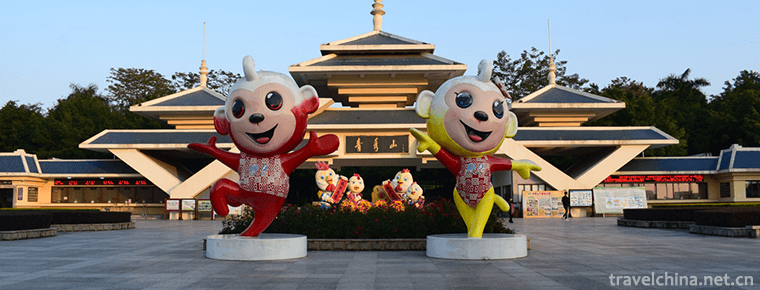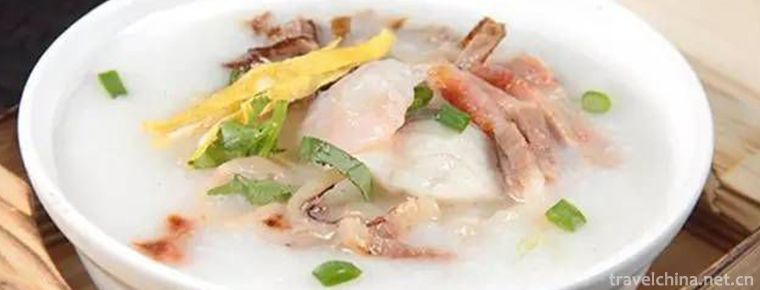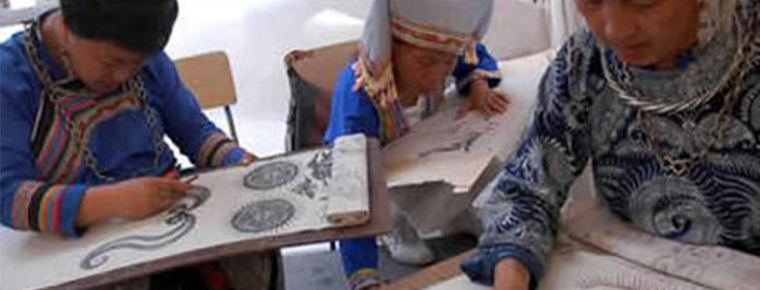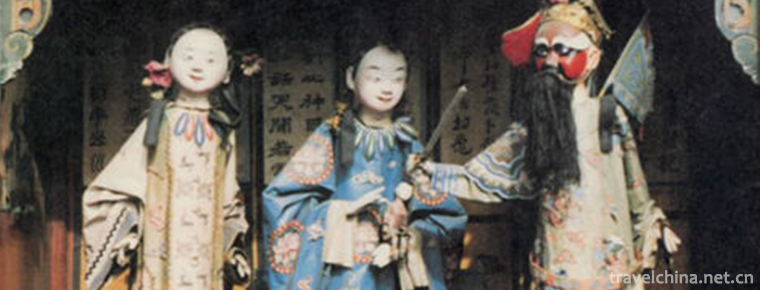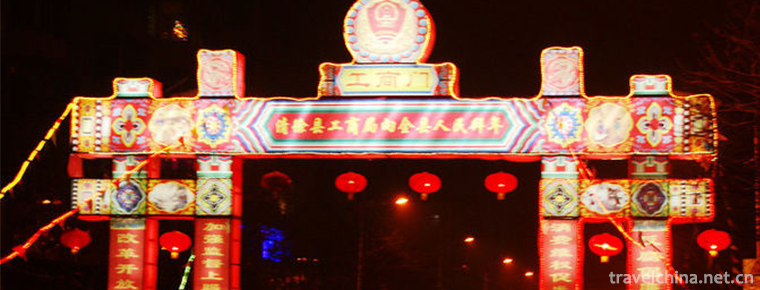Inner Mongolia Autonomous Region Alshan Chaihe Tourist Scenic Area
Inner Mongolia Autonomous Region Alshan Chaihe Tourist Scenic Area/Chaihe Tourist Scenic Spot has a total area of 1368.7 square kilometers, which is a national 5A tourist scenic spot. The area of Alshan City in Xing'an League is 7408.7 square kilometers, and Chaihe Town in Zhalantun City, Hulun Bell is 5760 square kilometers.
On February 25, 2017, the Alshan Chaihe tourist attraction was newly promoted to the 5A national tourist attraction.
Alshan is a border city in the eastern part of Inner Mongolia. It spans the southwestern foothills of Daxing Mountains. Its geographic coordinates are 119 28'- 121 23', and 46 39'- 47 39'. Chaihe Town is situated 185 kilometers southwest of Zhalantun City. Its geographical coordinates are 120 degrees 36'-121 degrees 46', 47 degrees 05'-47 degrees 45'. The Alshan-Chaihe scenic spot belongs to the ridge of the middle section of the Great Hinggan Mountains, with an average elevation of 1100 meters. It belongs to the continental climate of the cold temperate zone. The annual average temperature is - 3.1 C, the coldest monthly average temperature is - 25.6 C, and the highest temperature is 16.6 C. The annual average precipitation is 460 mm. The vegetation coverage is 95% and the forest coverage is 64%. It belongs to the cold temperate coniferous forest in the northern hemisphere. Alshan, known as "Harun Alshan", is a Mongolian language, translated into Chinese meaning "hot holy water", is a tourist resort city named for water and prosperous because of springs. The population of Chaihe Town in Alshan City and Zalantun City is 64,000. It is a multi-ethnic inhabited area composed of 13 ethnic groups including Mongolia, Han, Hui, Manchu, Korea, Daur, Ewenki, Oroqen, Menba and Xibo.
The Alshan-Chaihe scenic spot is located in the core of the economically developed areas in eastern Inner Mongolia. It has convenient transportation with the surrounding cities. It has the strategic position of integrating the tourism resources of Manzhouli, Hailar, Zhalantun, Ulanhot and Xilinhot to construct the golden tourism area in Inner Mongolia. At the same time, Alshan City is located in the hinterland of Northeast Asia Economic Circle and the West export of Northeast China Economic Zone. It is adjacent to Mongolia in the West and has a border line of 93.531 kilometers. According to the demonstration and planning of the United Nations Development Programme, the railway from Alshan to Qiaoba Mountain in Mongolia can be constructed, linking Mongolia and Russia in the West and communicating with the whole country. The New Eurasian Continental Bridge in Northeast Asia and the Alshan Mountains have become the bridgehead of the Eurasian Continental Bridge. Its economic and geographical position is very important.
Alshan City is located in a special geographical environment, and its altitude gradually increases from southwest to northeast. It is mainly affected by the warm and wet air currents in the southeast ocean and the dry and cold air currents in the northwest. It belongs to the continental monsoon climate in the cold temperate zone, and is also located in the continental alpine climate area. The local microclimate characteristics are obvious. The annual temperature is lower, the frost-free period is short, the annual temperature is worse and the daily temperature is worse.
Four seasons characteristics
Alshan City has a unique four-season characteristics, that is, spring and autumn are connected, summer characteristics are not obvious, winter is long and cold. The seasonal variations of light, heat, water and wind are obvious.
From spring to autumn, the average starting date of spring is May 6, the average ending date of autumn is September 20, and the spring and autumn lasts about 138 days. In spring, the temperature rises rapidly, the daily temperature difference is large, the alternation of warm and cold air is frequent, and occasional snowfall and "late spring cold" phenomena occur. The precipitation variability is large, and the occurrence of spring drought is low. The number of gale days increased. The highest temperature occurs at 7 o'clock in the whole year. Meanwhile, precipitation increases, water vapor is abundant, heavy rain, hail and other severe convective weather occurs frequently, which endangers crops. However, the same season of water and heat is also the peak season for crop growth. From late August to mid-September, the temperature dropped obviously, the precipitation decreased obviously, the temperature difference between morning and evening was large, and the autumn frost appeared accordingly. The frost-free period of the year is about 90 days.
Winter in Alshan City is long and cold. The average starting date is September 21, and the average ending date is May 5, which lasts for more than seven months (227 days). Due to the influence of the northwest cold air and the control of Mongolian high pressure, the cold air mass stays for a long time, and there are many cold waves and snowstorms. The cold period lasted for more than three months and the snow cover period was 152.2 days. The winter snow amount averaged 30 mm, accounting for 6.5% of the annual precipitation. The extreme minimum temperature was - 45.7 C, which appeared on January 19, 1966. Occasionally there is a strong wind.
sunshine
The total solar radiation in Alshan City is 5275 MJ/m2, and the total radiation in crop growing season accounts for 66-69% of the annual value. The annual sunshine number is 2468 hours, and the average annual sunshine percentage is 56%. The monthly distribution of sunshine is the largest in May, with an average of 255.3 hours, and the smallest in December, with an average of 140.1 hours.
Temperature and humidity
The temperature difference between North and south is large in Alshan City, and there is a great difference between winter and summer. The annual average temperature is -3.1 C. The temperature in Wuchagou, Xikou and Mingshui areas south of Baiwolf area is increasing, while that in the north of Baiwolf area is lower. The coldest monthly mean temperature in Alshan City is -25.6 C, and the highest temperature is 16.6 C. The accumulated temperature is 1898.5, 1738.3, 1345.9 and 520 respectively above 0, 5, 10 and 15.
The water pressure in Alshan City decreases with the increase of sea level. It is the largest in summer and the smallest in winter, with an average annual mercury column of 5.3 mm. It is the lowest in Xing'an League. Relative humidity is higher than other parts of the League, with an average annual humidity of 70%. Every year from July to August is the largest, about 80%, about 50% in spring and 76% - 79% in winter.
precipitation
The annual average precipitation in Alshan City is 445.3 mm. The annual precipitation is concentrated in July and August, accounting for about 47% of the whole year. The snowfall in winter is 36.8 mm, accounting for 6.7% of the total annual precipitation, which is about 4.5% more than that in other parts of the League. The precipitation variability is relatively stable, showing that it is large in spring and autumn and small in summer and winter.
pressure
In winter, the air pressure in Alshan City is mostly controlled by cold high pressure. The air pressure is high in winter and low in spring and autumn, with an average of 898.3 hPa in January and 890.3 hPa in July. The average air pressure is 895.3 hPa, which is about 100 hPa different from the lowest elevation of Baoan Marsh in Xing'an League.
wind power
Alshan is a temperate continental monsoon climate. Affected by Northwest Airflow in winter, northwest wind and westerly wind are prevalent; southeast wind is prevalent in the intersection season of spring and autumn due to Southeast monsoon; the average annual wind speed is less than 2.7 m/s, which is the smallest area in Xing'an League.
Belonging to Alshan Forestry Bureau, located 50 meters east of Rose Peak Scenic Area in Alshan, the museum has a unique architectural style, rich and detailed exhibition hall. In line with the general idea of taking culture as the guide and seeking development with characteristics, this hot soil is regarded as a base of popular science education for the public and education for universities, middle schools and elementary schools in the League, so as to make it more convenient. Many people can understand the magic and magnificence of Alshan, and strive to build the first brand of tourism in Shenquan Snow City.
The Pavilion is divided into four exhibition halls. The main hall is a generation of Tianjiao Hall. The giant murals show Genghis Khan's military career as a "generation of Tianjiao". This group of murals was created by Siqin, a famous Mongolian painter in China. They are rigorous in composition, elegant in shape, magnificent in momentum and vivid in expression. They reproduce the moving scene of Genghis Khan's camping, deploying troops and fighting hard in this area.
The Eastern Second Hall is the Zoo Hall. There are more than 300 animal species in the Alpine region. In order to increase the ornamental and interesting, the hall combines animal habits with real scenes to give the viewers a sense of immersion.
The West Third Hall is the Legend Hall, which includes the main legends of the Haraha River, Tianchi Lake, Hunter Peak, Jinjiang Valley Hot Spring and other scenic spots in the Alpine Region, so that you can forget to travel to fairyland.
The West Fourth Hall is the Insect Hall, which collects specimens of insects and small plants in the Alpine Mountains. It is rich in contents. The Insect Hall exhibits various forms. It is not only popular in science, interesting, but also systematic. It shows people a colorful insect world and complex life phenomena.
Alshan Natural Museum Resort: Located at the corner of Rose Peak, Russian-style wooden buildings surrounded by mountains, beautiful environment, fresh air. Botanical gardens have suspension bridges, pavilions, corridors, huts, windmills and other small landscapes, so that you linger and forget to return. The village integrates horticulture, catering and accommodation.
Food and beverage is mainly green, with a variety of flavor packages, and Mongolian meal series, wild vegetable series, large screen karaoke let you sing.
The hotel is equipped with private rooms and general rooms. The environment is elegant, clean and tidy. You can stay away from the noise of the city and enjoy the embrace of nature. The bonfire evening lets you enjoy your life to the fullest.
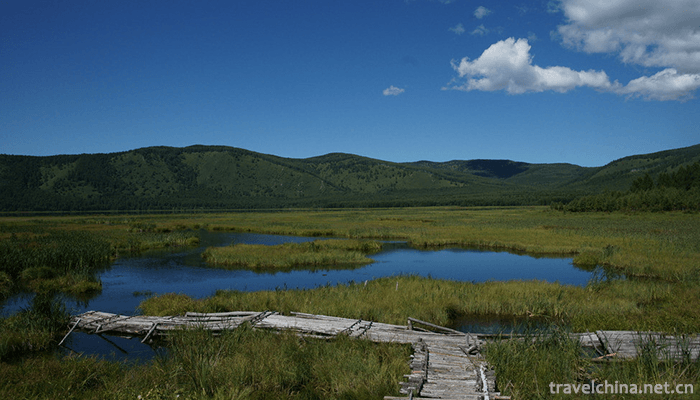

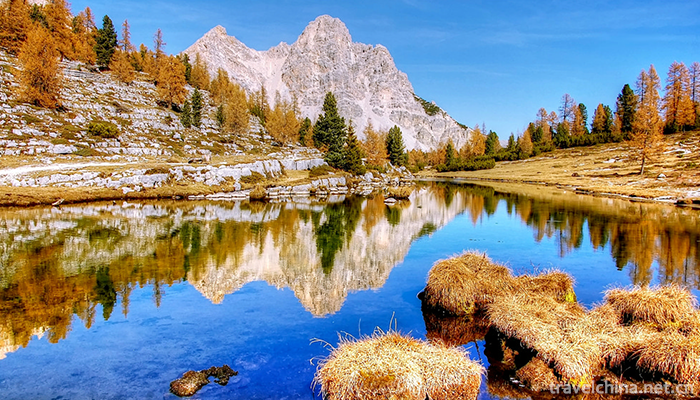
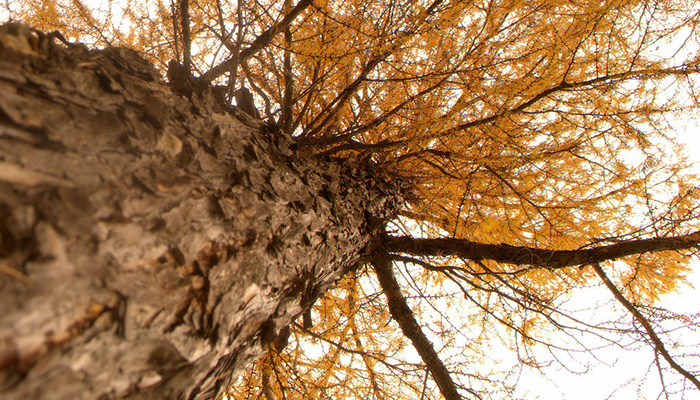
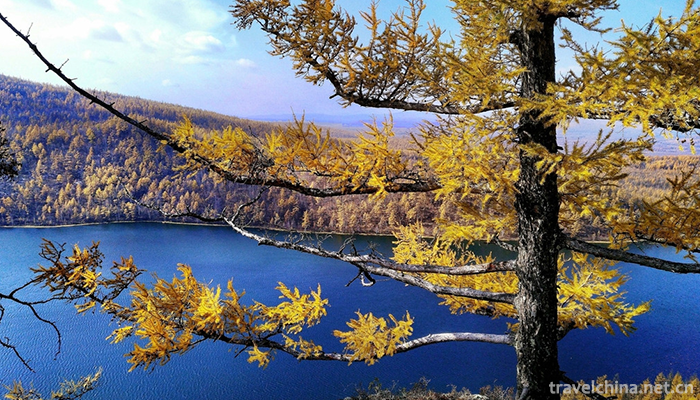
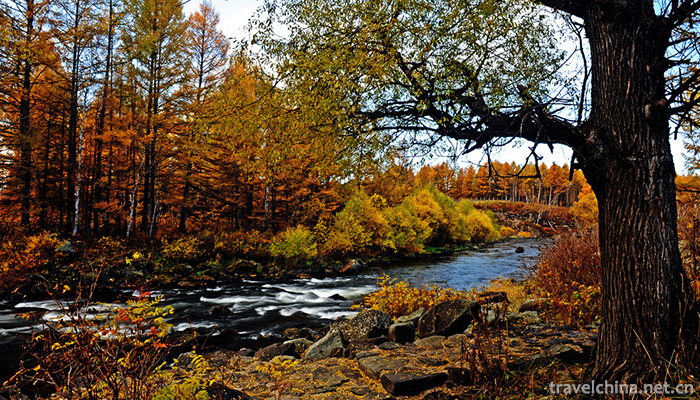
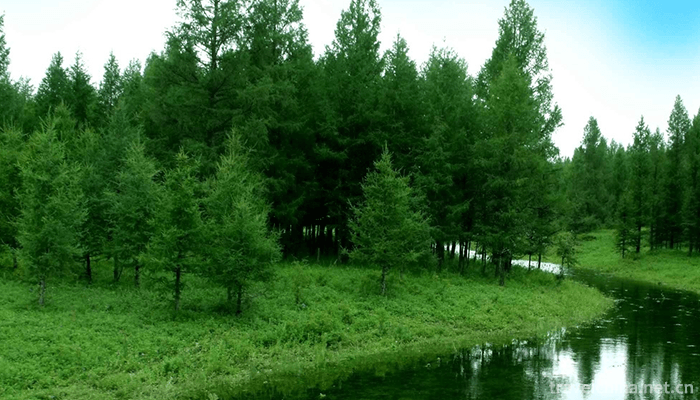
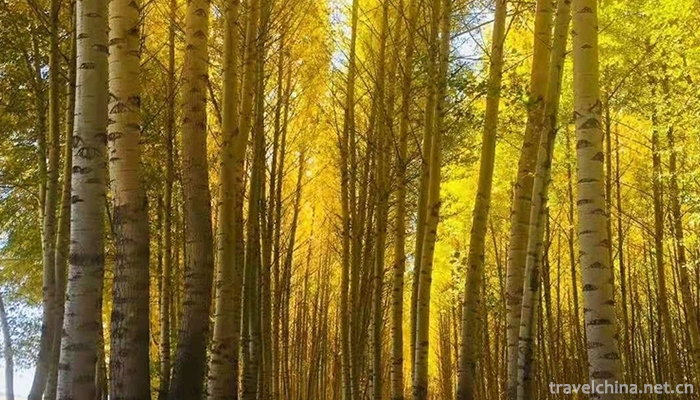

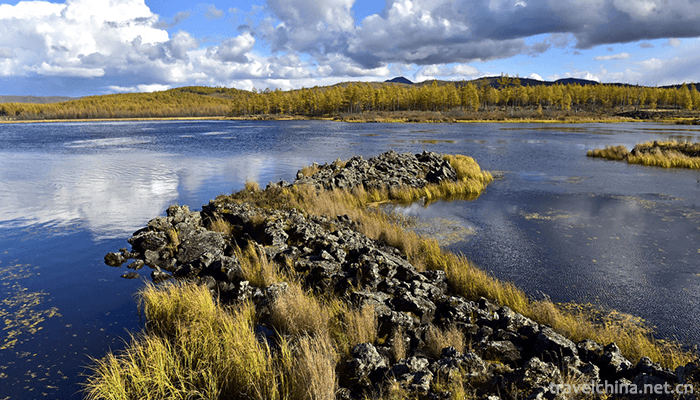
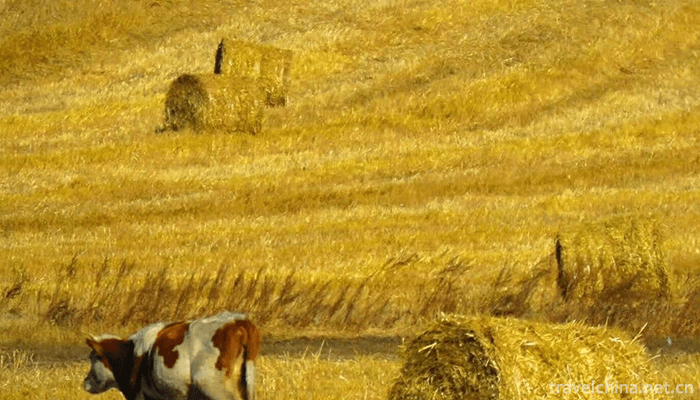
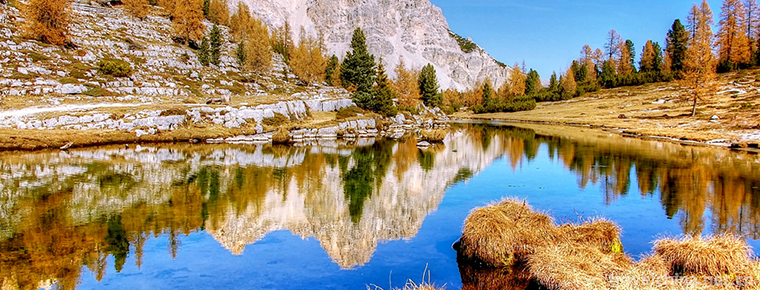
Inner Mongolia Autonomous Region Alshan Chaihe Tourist Scenic Area
-
Chongqing small noodles
Chongqing small noodles is one of the four characteristics of Chongqing
Views: 325 Time 2018-10-12 -
Qingxiushan scenic spot
Qingxiushan Scenic Area is a national AAAAA scenic spot in Nanning. Qingxiu Mountain is a key scenic spot in Nanning. In addition to protecting and restoring the original historic sites such as Dong Q
Views: 178 Time 2018-12-12 -
Quail gruel
Ingredients: Quail, 100 grams of Japonica rice, 20 grams of red beans, 3 pieces of ginger, 10 grams of cooking wine, proper amount of salt, monosodium glutamate, pepper and sesame oil.
Views: 299 Time 2019-03-24 -
Batik art
Miao batik technology, the traditional handicraft of Danzhai County, Guizhou Province, is one of the national intangible cultural heritage.
Views: 129 Time 2019-05-10 -
Pingyao Shage Player
Pingyao Shage Opera, commonly known as Shage Renren, also referred to as Shage, is one of the traditional handicraft techniques in Pingyao, Shanxi Province. Because it was usually placed in the cabine
Views: 246 Time 2019-06-09 -
Qingxu Caimen Building
Qingxu Caimen Tower is a local traditional handicraft in Qingxu County, Shanxi Province. Xu Caimen Tower in Qing Dynasty is said to have originated in Tang Dynasty. During the festival, people gathere
Views: 163 Time 2019-06-11 -
Processing Technology of Traditional Chinese Medicine
Processing technology of traditional Chinese medicine, one of the means of preparation or extraction of traditional Chinese medicine, is declared by the Chinese Academy of Traditional Chinese Medicine
Views: 231 Time 2019-08-03 -
Anhui University
( Anhui University For short, "anda" is located in the provincial capital. Market It's the state. "Double First-Class" initiative "World class discipline construction," M
Views: 208 Time 2019-10-04 -
Wawushan National Forest Park
Wawushan National Forest Park is located in Hongya County, Meishan City, west of Sichuan Basin. It is 180 kilometers away from Chengdu and 100 kilometers away from Leshan. As of 1993, the park covers an area of 65869.80 hectares, rich in vegetation resources
Views: 127 Time 2020-10-15 -
Chengdu Jinsha Site Museum
Chengdu Jinsha Site Museum, a national AAAA tourist attraction, is located at No.2 Jinsha Ruins Road, Qingyang District, Chengdu City, Sichuan Province. It covers an area of 456 Mu and a building area of 38000 square meters.
Views: 225 Time 2020-11-06 -
Mineral resources in Leshan
Leshan City is rich in mineral resources, 34 kinds of mineral resources have been proved, especially non-metallic minerals, with great development potential. Among them, the total amount of proven rock salt resources is 10.5 billion tons, with an annual
Views: 167 Time 2020-12-17


